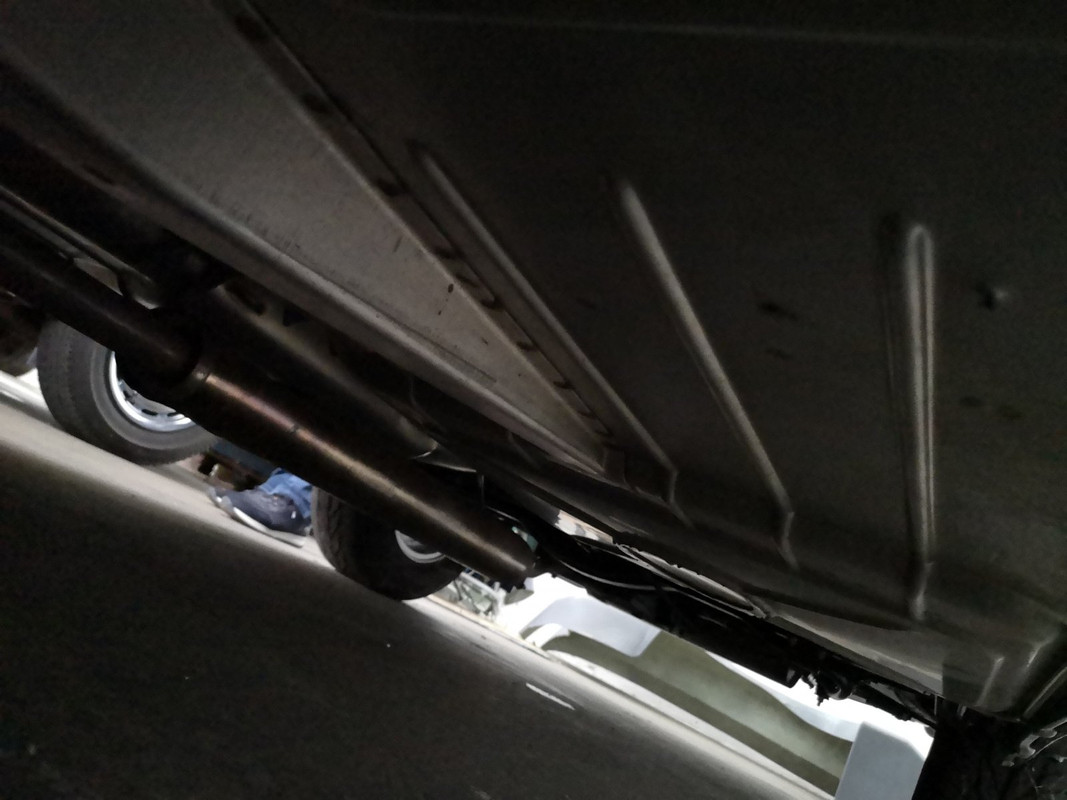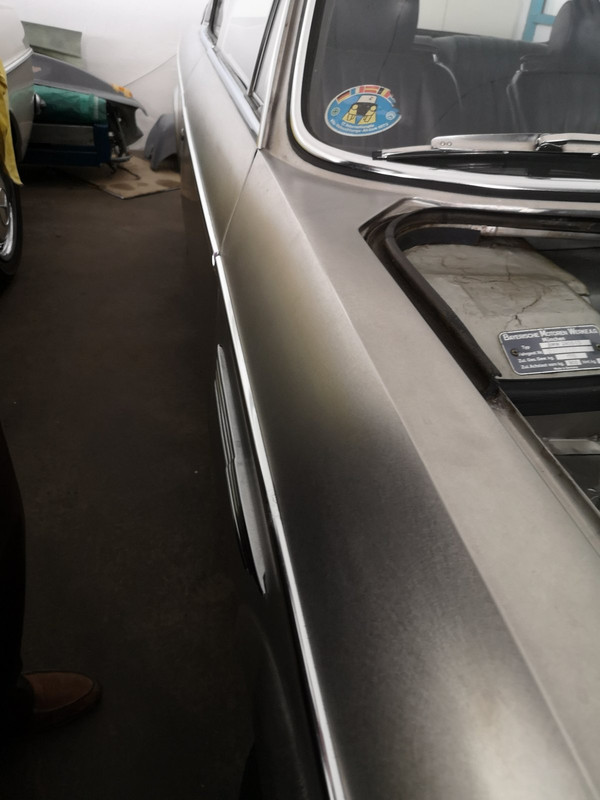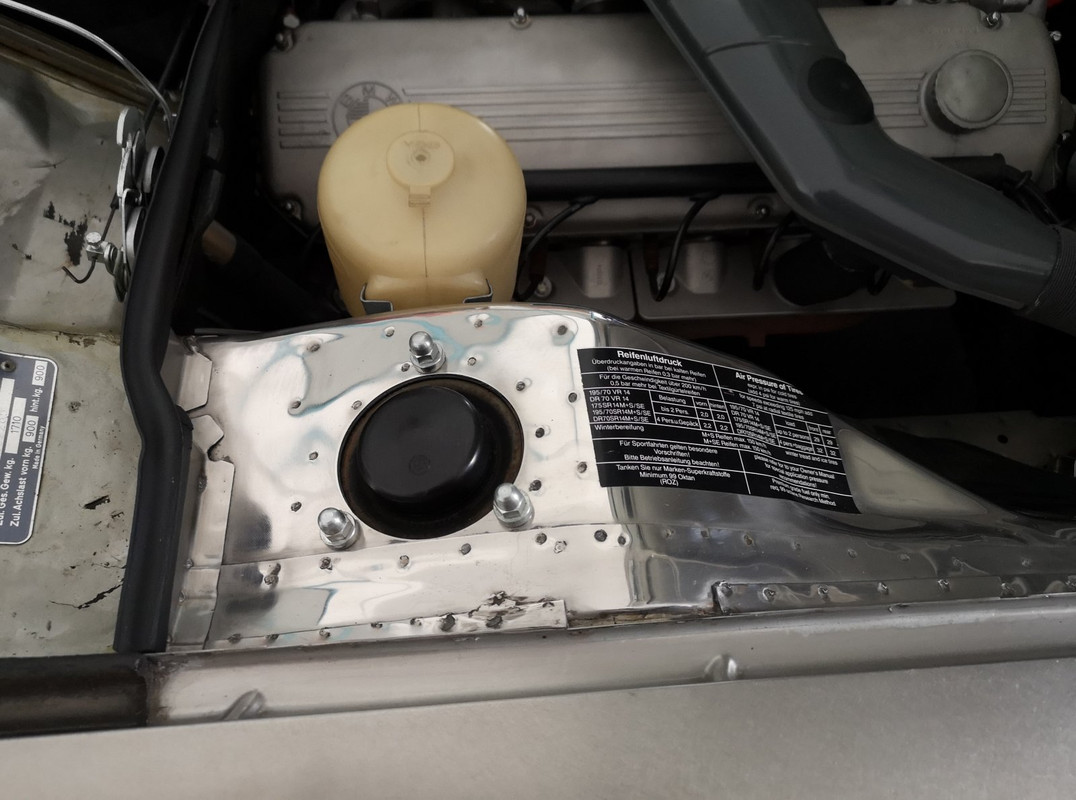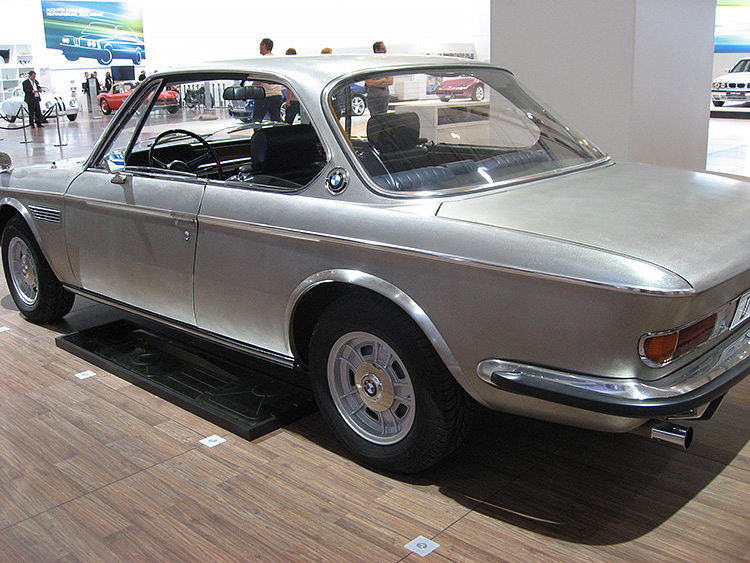dequincey
Forista Legendario
- Modelo
- be em be e neun
- Registrado
- 5 Nov 2009
- Mensajes
- 10.985
- Reacciones
- 9.734
Coupé with Stainless Steel body
By order of BMW, in 1969 three test cars of the Type E9 with stainless steel body were produced. In close cooperation with DEW (Deutsche Edelstahlwerke - nowadays "Thyssen), these bodies were constructed by Karmann in Rheine.
As basic material, a standardized stainless steel (containing about 18% Chrome and 9% Nickel) called Remanit was used.
Amongst other areas of application, this material is well-known in car construction and used for decorative strips, baffles or bumpers.
The technology of all of the three test cars was based on the BMW 2800 CS. There was no coherence between the project "stainless steel body" and the subsequently built BMW 3.0 CSL (bonnets and doors made of Aluminium).
The stainless steel was used as material for:
Body
Floor pan components
Wheel arches
Spring brackets
Buffers
Cable clamps
Internal sheets and hinges of the doors
Window lifts
the entire exhaust piping
Together with the rustproof decorative parts like strips, baffles, bumpers, bumper horns, brackets and the relating screws, 120 components with a total weight of 400 kg were concerned.
By means of this project, BMW wanted to demonstrate that the stainless steel sheets used (Remanit) can be processed with conventional tools and prove to be applicable in combination with standard steel parts.
After final assembly in Munich, the three bodies were put to test.
The results of the static and dynamic torsion tests as well as a static bending test were very positive. Also the connections with the partially used standard body sheets could withstand the examinations.
Moreover, the problem of surface grinding could be solved. Fine grinding caused dull finish of the surface, thus avoiding unintentional light reflection. Additionally, the surface should not be more susceptible to dirt compared to varnish. This could be demonstrated during the five test years without any complaints regarding the body.
Actually, information about the destination of the three test cars with stainless steel body are hard to obtain.
Shortly after being finished, one car has been damaged in an accident and could not be used for further tests. The plan to have this car designed as an "Art Car" could not be realized because of a mishap. The damaged car ended in a furnace.
After about 125,000 test kilometers, the second car was turned over to the "Deutsches Museum" where it actually is being restored by BMW.
The third car was sold, its destination is unknown.
One of these cars was displayed by the company Thyssen in the course of an exhibition with a booth motto "THYSSEN and the car".
Further special Coupès can be found here:
Special Coupés
By order of BMW, in 1969 three test cars of the Type E9 with stainless steel body were produced. In close cooperation with DEW (Deutsche Edelstahlwerke - nowadays "Thyssen), these bodies were constructed by Karmann in Rheine.
As basic material, a standardized stainless steel (containing about 18% Chrome and 9% Nickel) called Remanit was used.
Amongst other areas of application, this material is well-known in car construction and used for decorative strips, baffles or bumpers.
The technology of all of the three test cars was based on the BMW 2800 CS. There was no coherence between the project "stainless steel body" and the subsequently built BMW 3.0 CSL (bonnets and doors made of Aluminium).
The stainless steel was used as material for:
Body
Floor pan components
Wheel arches
Spring brackets
Buffers
Cable clamps
Internal sheets and hinges of the doors
Window lifts
the entire exhaust piping
Together with the rustproof decorative parts like strips, baffles, bumpers, bumper horns, brackets and the relating screws, 120 components with a total weight of 400 kg were concerned.
By means of this project, BMW wanted to demonstrate that the stainless steel sheets used (Remanit) can be processed with conventional tools and prove to be applicable in combination with standard steel parts.
After final assembly in Munich, the three bodies were put to test.
The results of the static and dynamic torsion tests as well as a static bending test were very positive. Also the connections with the partially used standard body sheets could withstand the examinations.
Moreover, the problem of surface grinding could be solved. Fine grinding caused dull finish of the surface, thus avoiding unintentional light reflection. Additionally, the surface should not be more susceptible to dirt compared to varnish. This could be demonstrated during the five test years without any complaints regarding the body.
Actually, information about the destination of the three test cars with stainless steel body are hard to obtain.
Shortly after being finished, one car has been damaged in an accident and could not be used for further tests. The plan to have this car designed as an "Art Car" could not be realized because of a mishap. The damaged car ended in a furnace.
After about 125,000 test kilometers, the second car was turned over to the "Deutsches Museum" where it actually is being restored by BMW.
The third car was sold, its destination is unknown.
One of these cars was displayed by the company Thyssen in the course of an exhibition with a booth motto "THYSSEN and the car".
Further special Coupès can be found here:
Special Coupés






